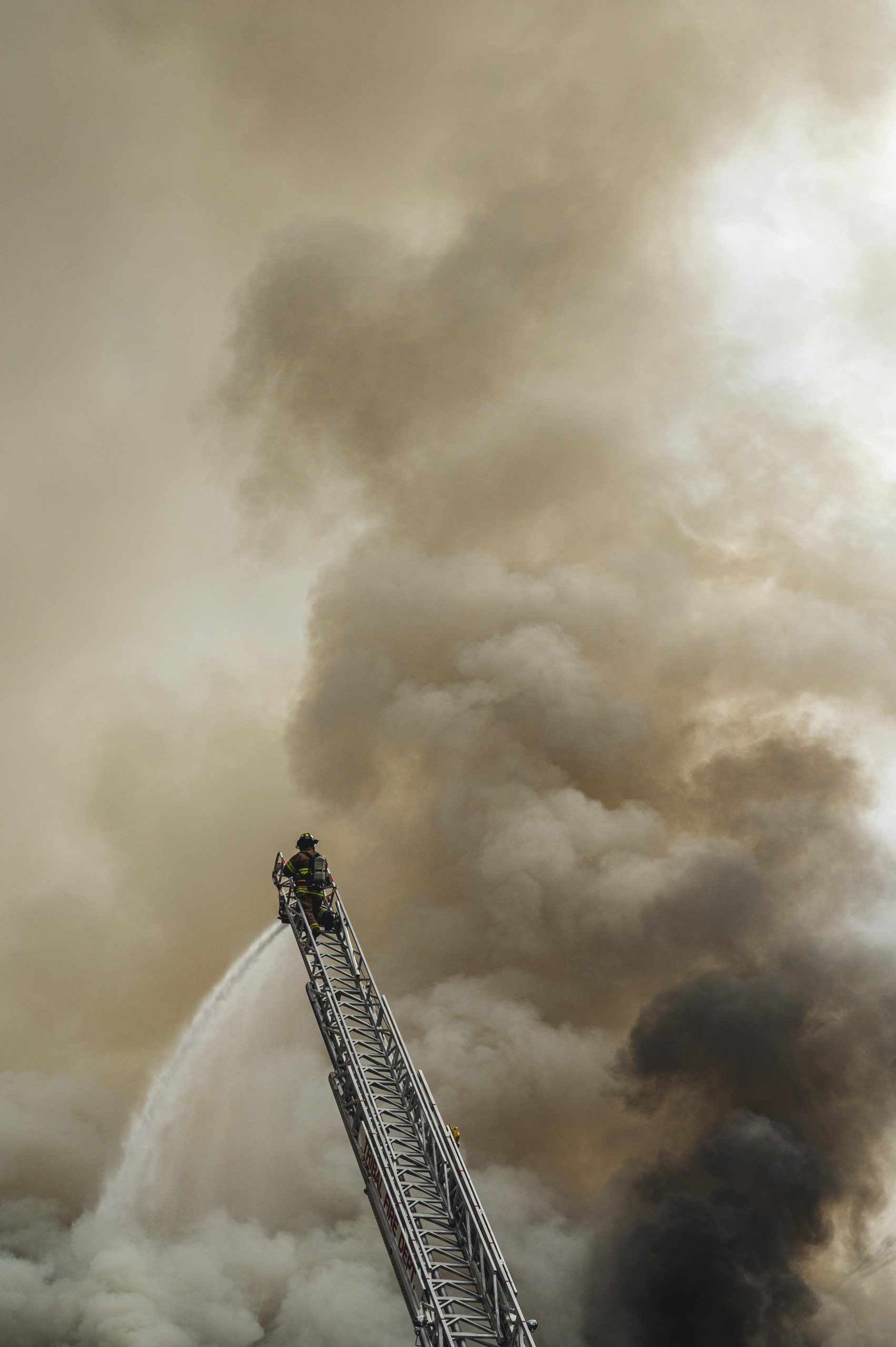How to Protect Your Home from Wildfires
Wildfires pose a significant threat to homes, especially in areas prone to dry conditions and high winds. With climate change exacerbating these conditions, it’s crucial for homeowners to take proactive measures to safeguard their properties. This article outlines effective strategies to protect your home from wildfires.
Understanding Wildfire Risks
Before implementing protective measures, it’s essential to understand the factors that contribute to wildfire risks:
- Location: Homes situated near forests or grasslands are at higher risk.
- Weather Conditions: Hot, dry, and windy weather increases wildfire likelihood.
- Vegetation: Dense vegetation around a home can act as fuel for fires.
Creating a Defensible Space
One of the most effective ways to protect your home is by creating a defensible space. This is an area around your home that is maintained to reduce fire risk.
- Zone 1 (0-5 feet): Use non-flammable materials for landscaping, such as gravel or stone. Keep this area clear of debris.
- Zone 2 (5-30 feet): Maintain a well-watered lawn and trim trees and shrubs to create a buffer.
- Zone 3 (30-100 feet): Thin out trees and vegetation to reduce fire intensity and slow its spread.
Fire-Resistant Building Materials
Using fire-resistant materials can significantly enhance your home’s resilience against wildfires. Consider the following:
- Roofing: Opt for Class A fire-rated roofing materials like metal, tile, or asphalt shingles.
- Siding: Choose non-combustible materials such as stucco, brick, or fiber-cement siding.
- Windows: Install dual-pane tempered glass windows to withstand heat.
Regular Maintenance and Preparedness
Regular maintenance is key to wildfire preparedness. Here are some essential tasks:
- Clear Debris: Regularly remove leaves, twigs, and other flammable materials from gutters and roofs.
- Maintain Landscaping: Trim trees and shrubs, and remove dead plants to reduce fuel sources.
- Create an Emergency Plan: Develop a family evacuation plan and ensure everyone knows the routes and meeting points.
Community Involvement and Resources
Engaging with your community can enhance wildfire preparedness. Consider these actions:
- Join Local Firewise Programs: Participate in community efforts to reduce wildfire risks.
- Stay Informed: Follow local fire department updates and wildfire alerts.
- Utilize Resources: Access resources from organizations like the National Fire Protection Association (NFPA) for additional guidance.
Conclusion
Protecting your home from wildfires requires a combination of awareness, preparation, and community involvement. By creating a defensible space, using fire-resistant materials, maintaining your property, and engaging with local resources, you can significantly reduce the risk of wildfire damage. Remember, proactive measures today can safeguard your home and loved ones tomorrow.

No responses yet